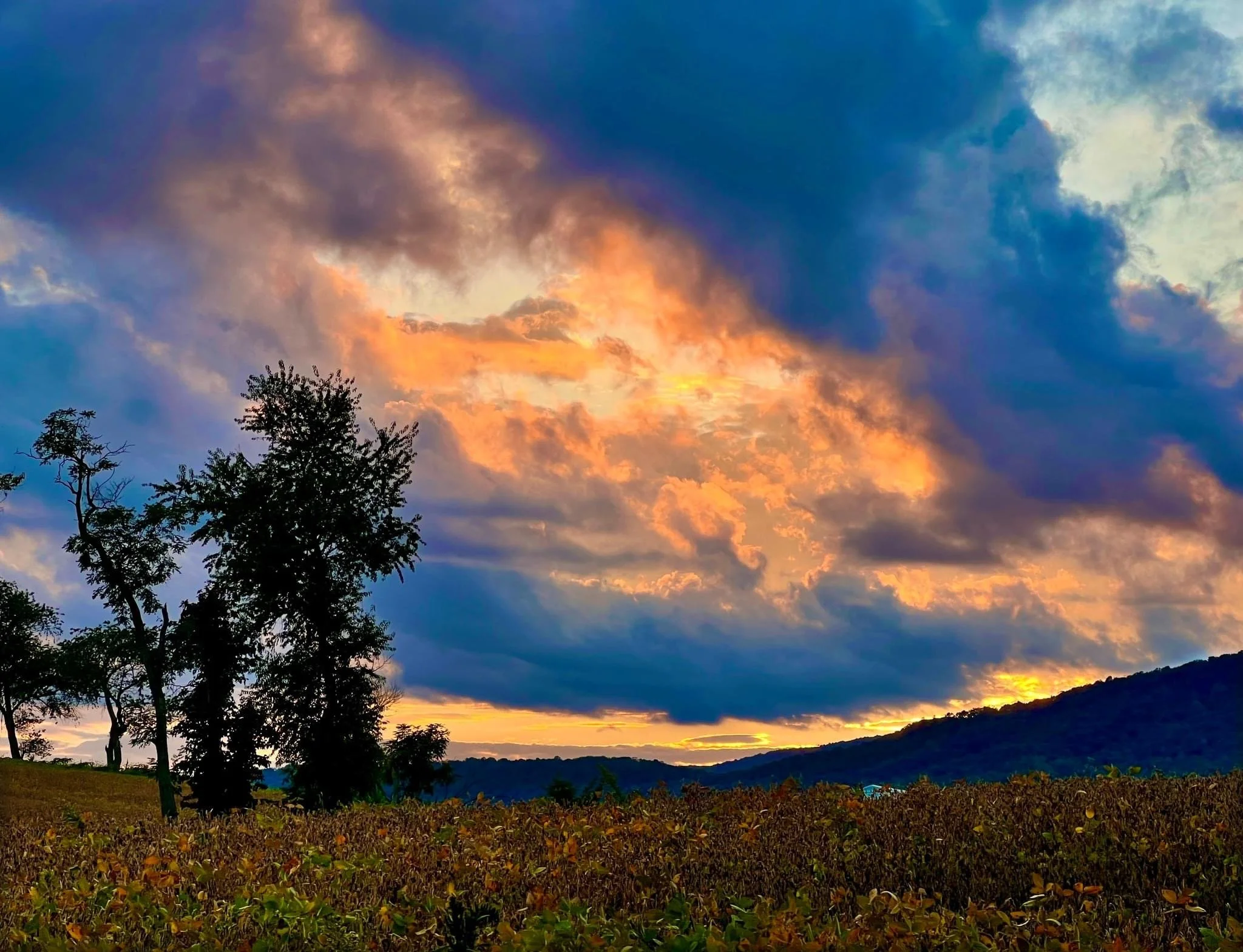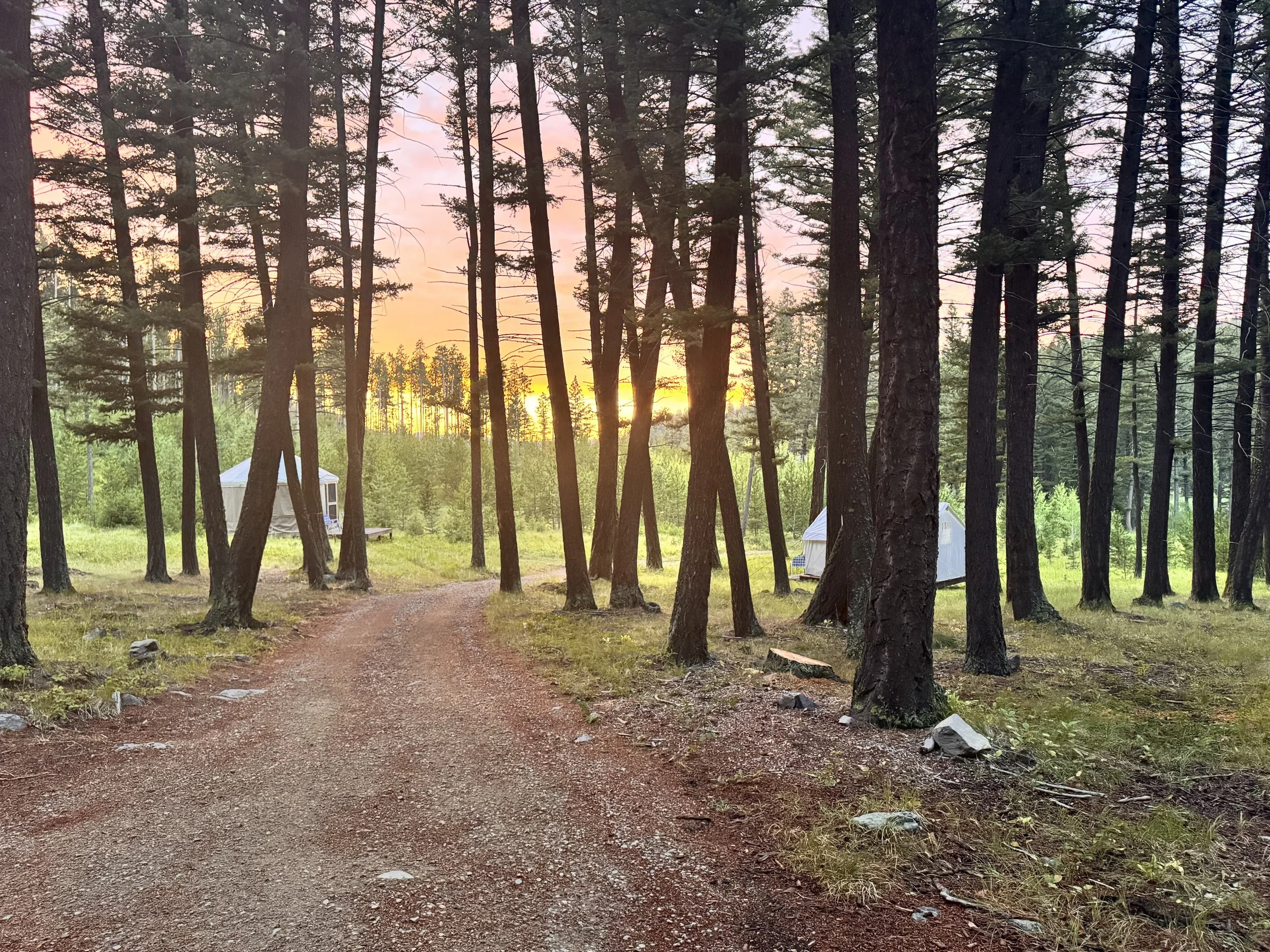Hopelessness is exhaustion dressed up as truth. The antidote is not the impossible task of somehow saving the world in one grand gesture. It’s trusting that each gesture matters, even when it feels small.
There is a troubling syndrome tripping up many of us these days. The feeling of being daunted. The problems of the world feel too big, too tangled, too relentless. The news cycles from bad to worse, and worse again. We scroll or watch or listen, and a voice creeps in: What difference could little me possibly make?
The sheer size of the world’s problems seems to justify despair. If we can’t fix everything, why bother to try anything? But what if this is a lie we’ve mistaken for truth?
Within Reach
Years ago, I read a line from Clarissa Pinkola Estés that never left me. She said, in essence: Our job isn’t to fix the world all at once. Our job is to reach out to the piece of the world within reach and do what we can.
Scale is not the measure of meaning. The invitation is to turn our gaze from the enormity of the globe back to the nearness of the moment. To what is right in front of us, what is in our hands.
And here’s something else that helps when the weight of the world feels unbearable: remembering that our bodies are not just bystanders to our thoughts. Movement—whether it’s yoga, walking, dancing to Bruno Mars’ Uptown Funk in the kitchen, or simply standing and breathing with attention—can be a powerful antidote to “dauntedness.”
Embodiment reminds us that we are not only minds spinning in despair, but whole beings with strength, rhythm, and resilience. When we move, we interrupt the loop of paralysis and create a channel for the mind-mood to shift.
A stretch or a step doesn’t solve the world’s problems, but mindful movement can reorient us toward aliveness. It can clear the fog just enough so we can see what’s within reach again. Movement is a radical act of faith, proof that even in the face of heaviness, we can begin again, breath by breath, step by step.
It reminds us that despair freezes, but life flows and that we are part of that flow.
Not long ago, I heard about a simple connection: one person who needed serious but very specific help was linked with someone who had exactly the right, rare set of specific skills to offer it. The bridge was built in just a few messages. Nothing complicated.
On the surface, it looked ordinary and almost insignificant. But for the person on the receiving end, it opened a needed new horizon. The smallest gestures can shift the course of someone’s life, or at least their day. We underestimate 'small acts' because they rarely make headlines. Hope doesn't grow from the noise of headlines. It's remedied through the quiet current of one life touching another.
When despair tells us, “It’s just a drop in the ocean,” we forget that the ocean itself is nothing but a whole bunch of drops.
In one of his writings about gifted presence, The Door Beneath Everything, David Whyte reminds us that humans “have always lived through seasons of fire and ice.” Times when everything feels both too much and not enough. Yet the invitation has always been the same: to wake up to the miracle of being here at all and remember that our own shot at happiness is bound up in our wish for happiness for others.
Is this how we regenerate hope? Through gifted presence that lets us become both the giver and receiver of the gift? I can't speak for you, but I want more than a dull, gray hope of just getting by. Hope, I suspect, prefers fuchsia sequins and a sassy beat.
A conversation. A donation. A connection. A smile. These are not little spits in the wind. They are sparks. They ripple outward in ways we may never see, and sometimes they ignite whole worlds.
It's not our job to repair the entire sky. We are instead assigned to tend the patch of sky above our heads, so some light can shine through for someone else.







